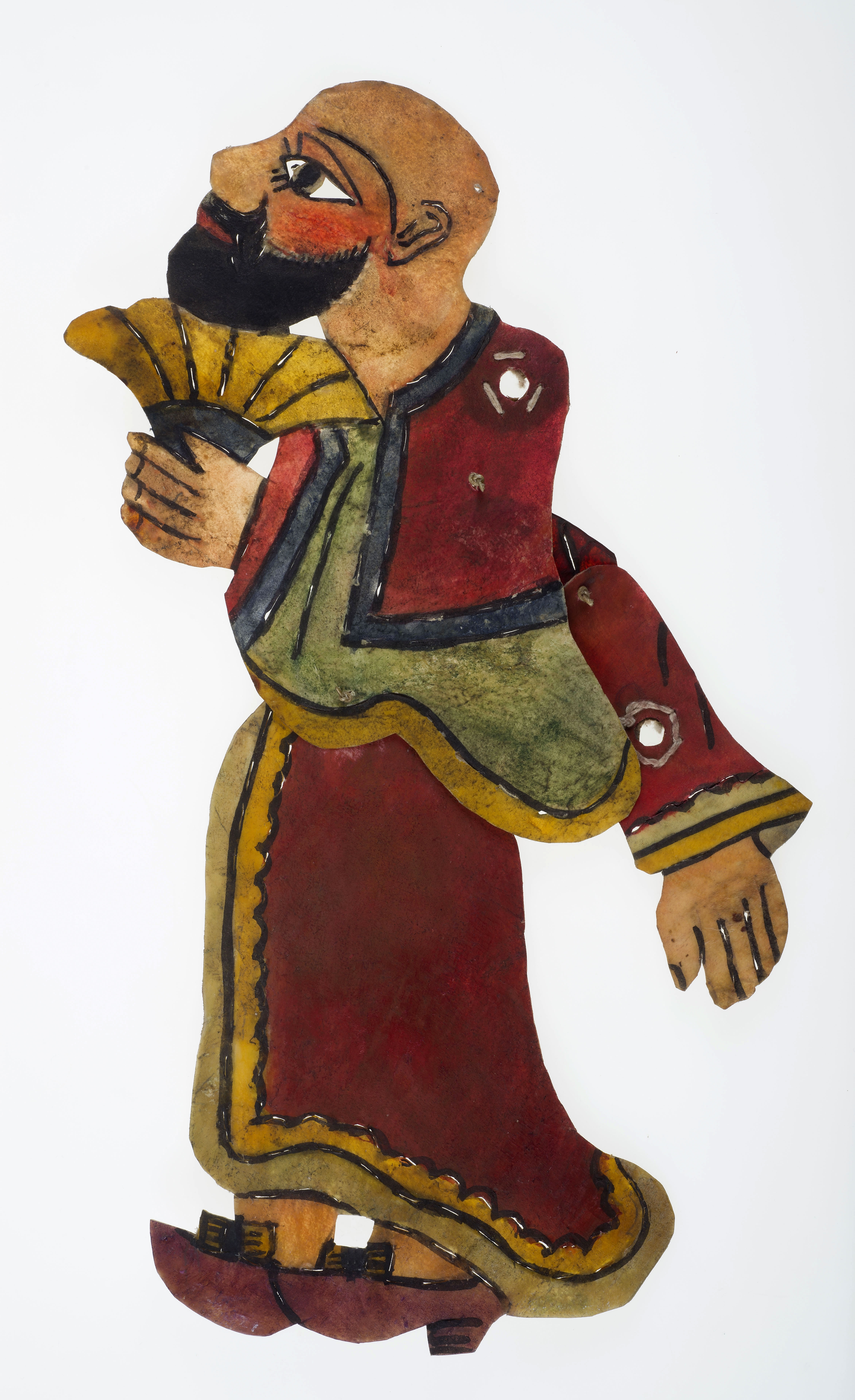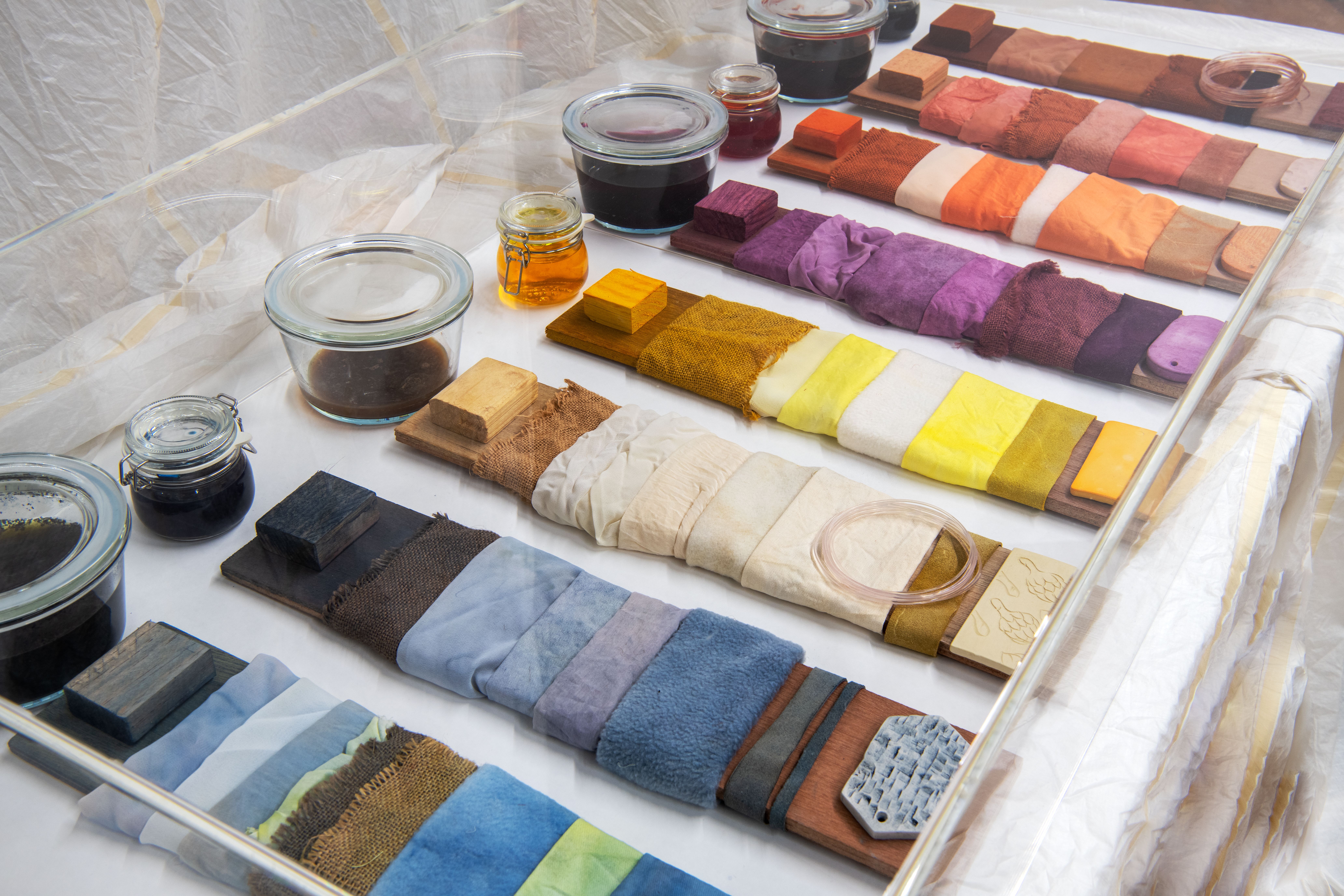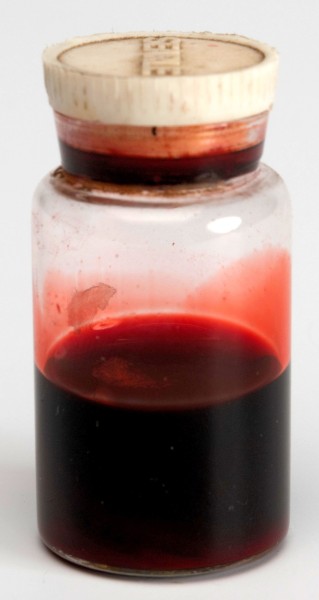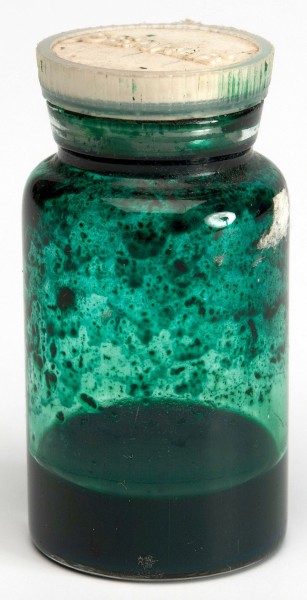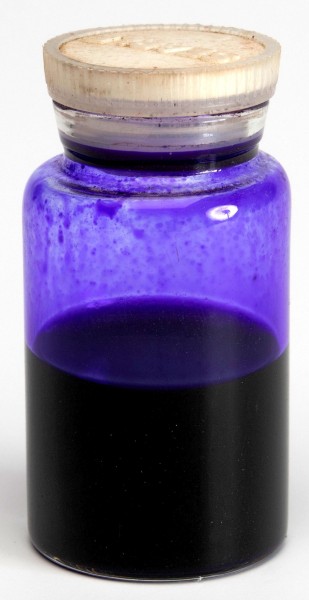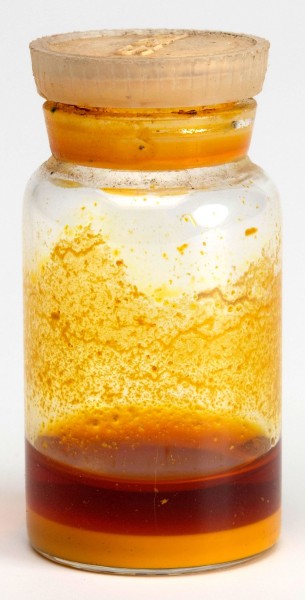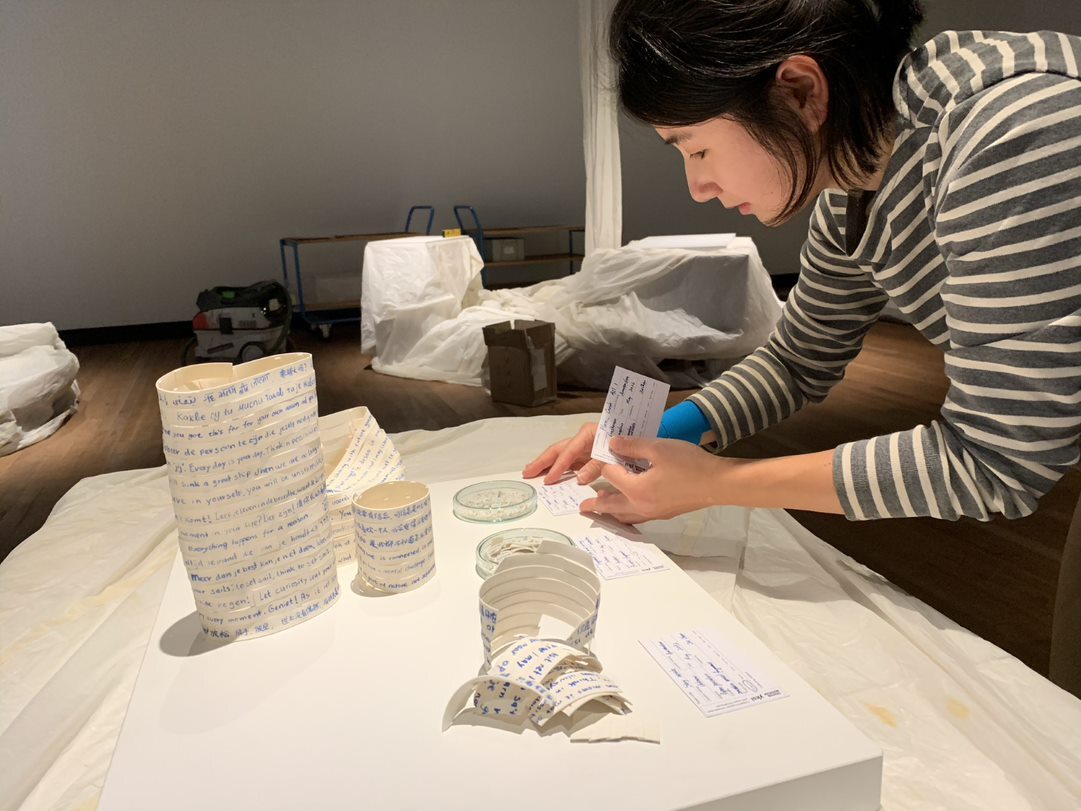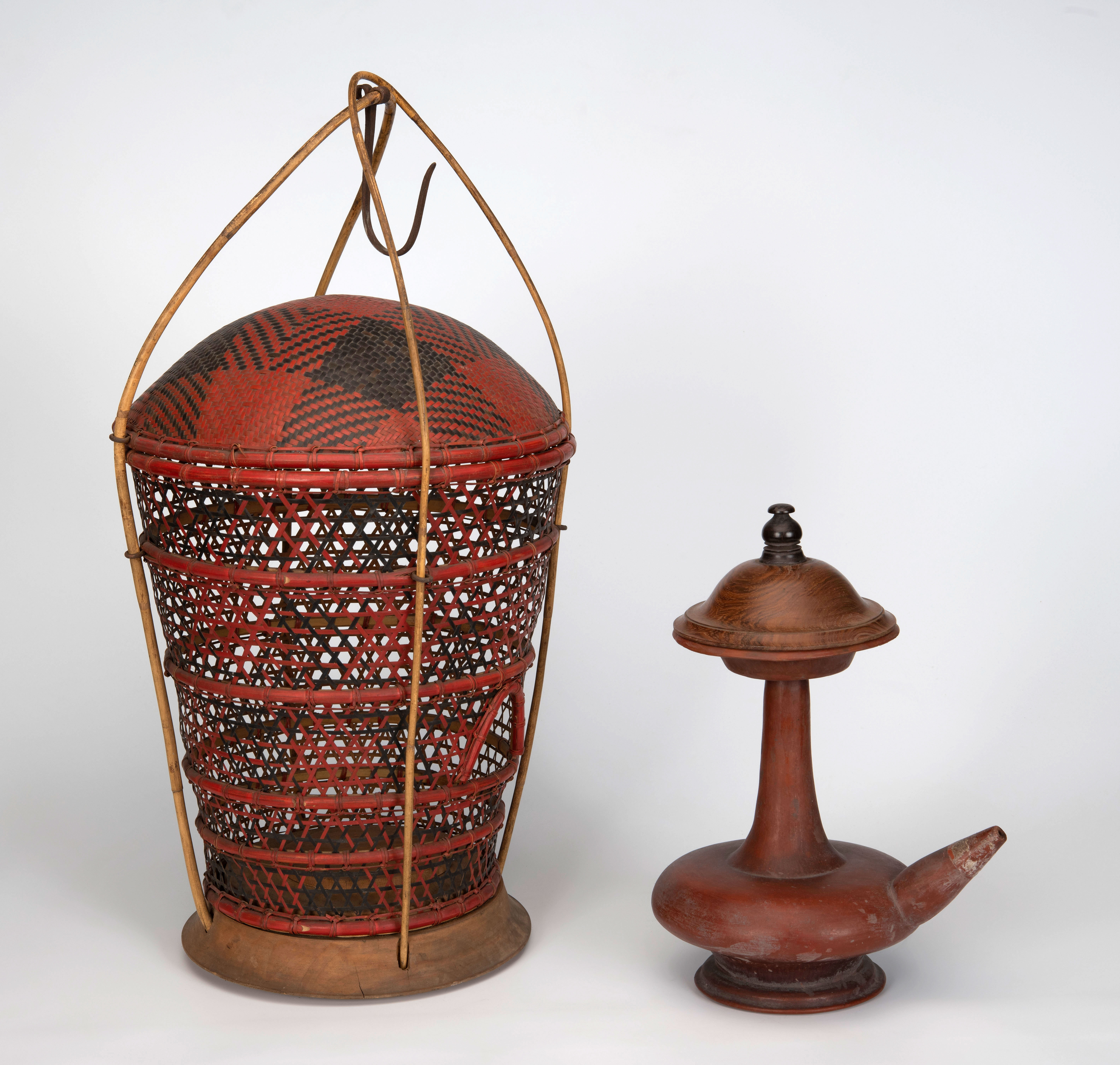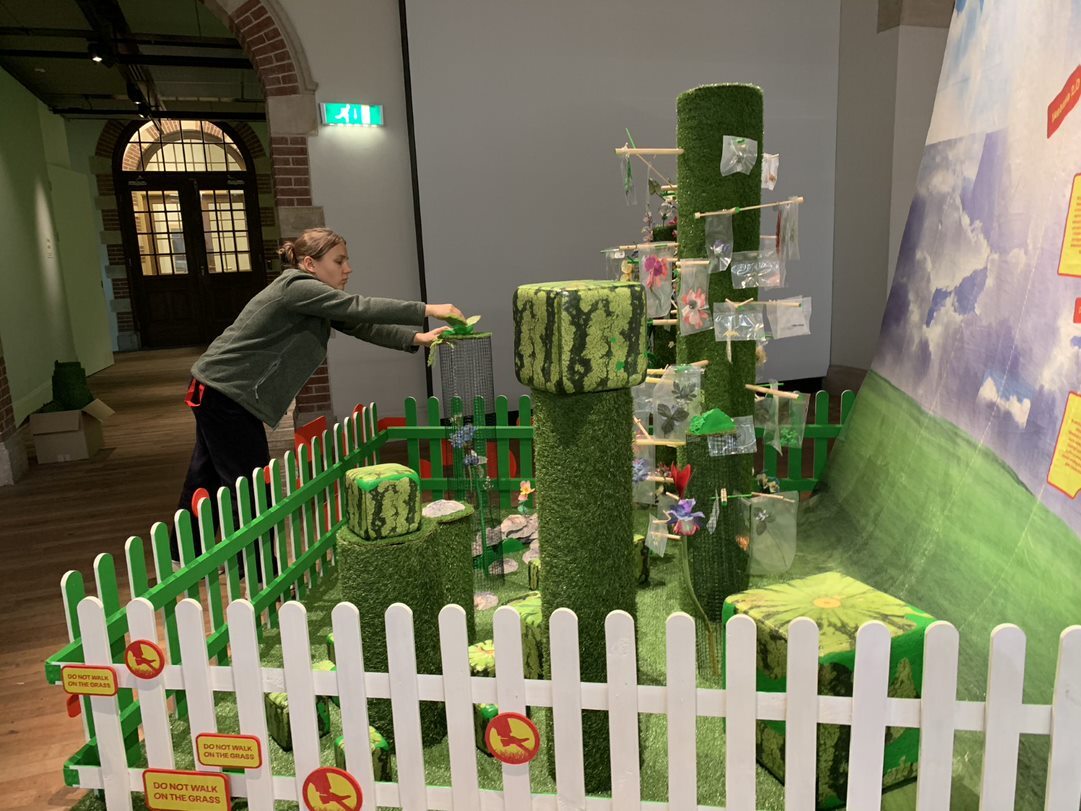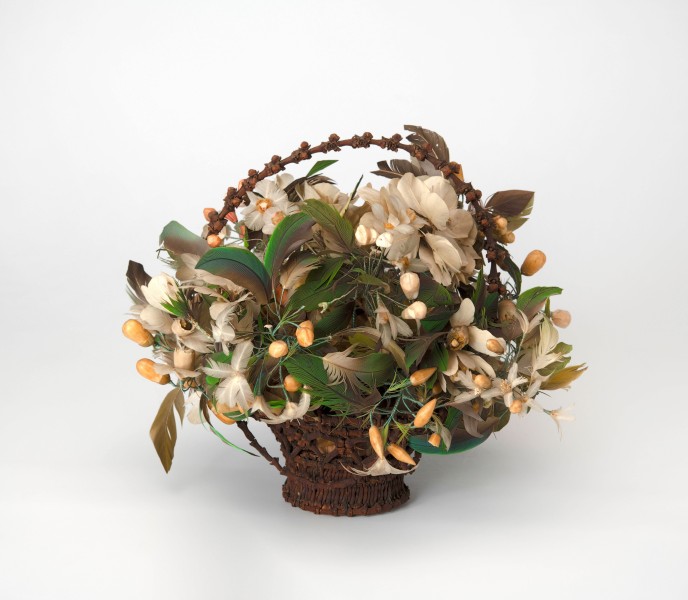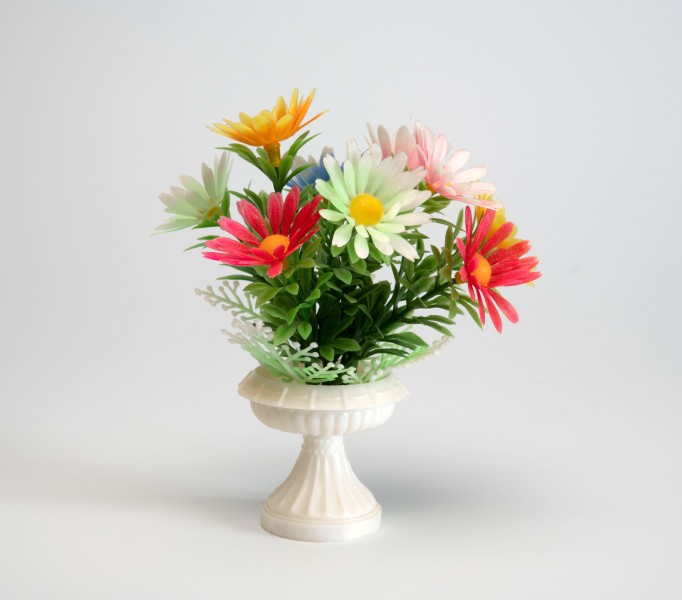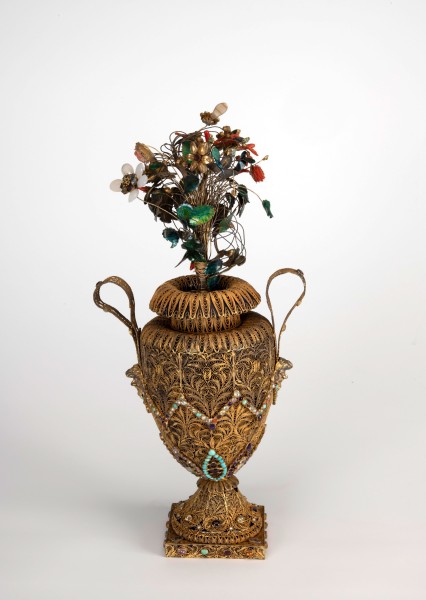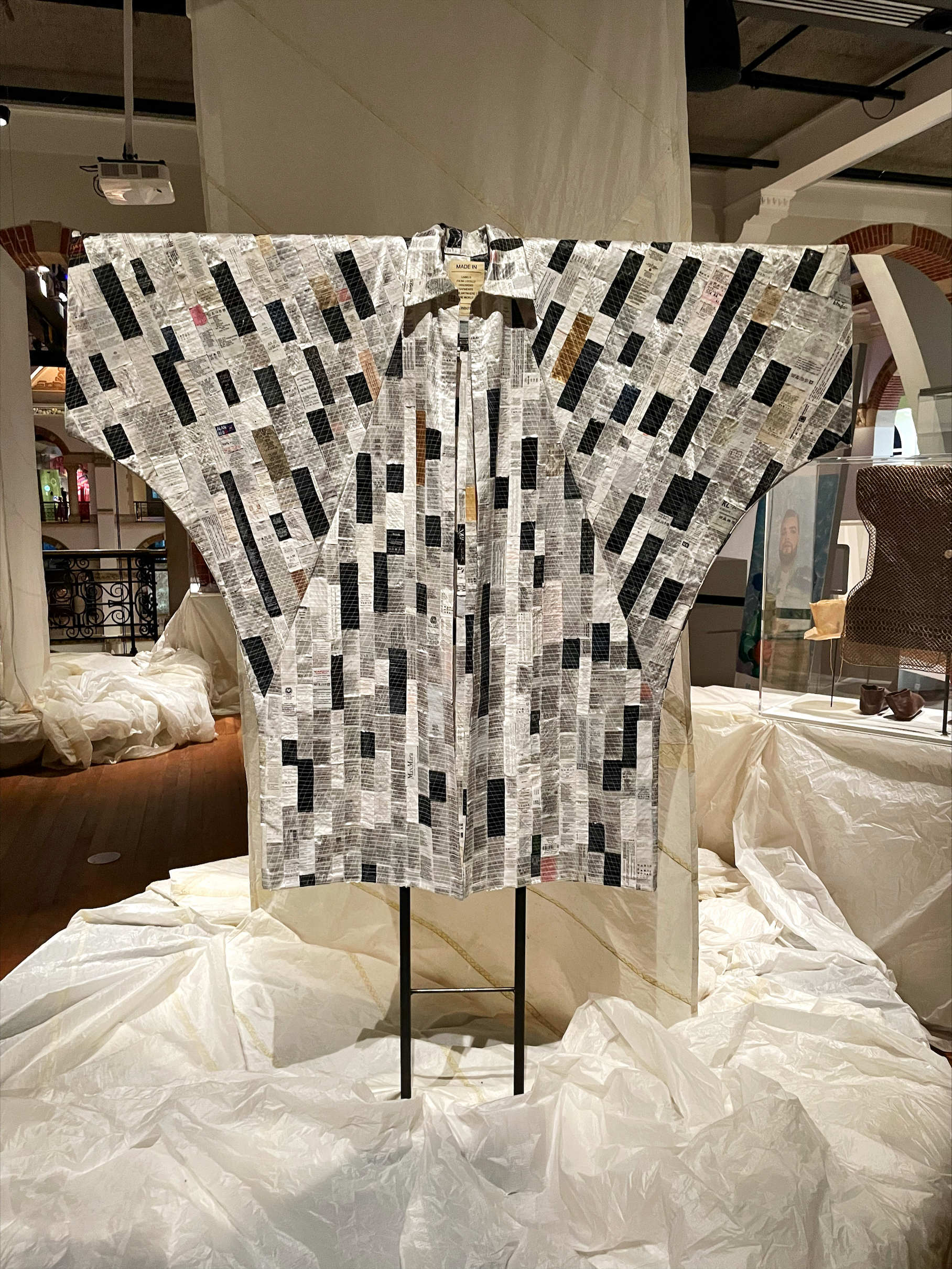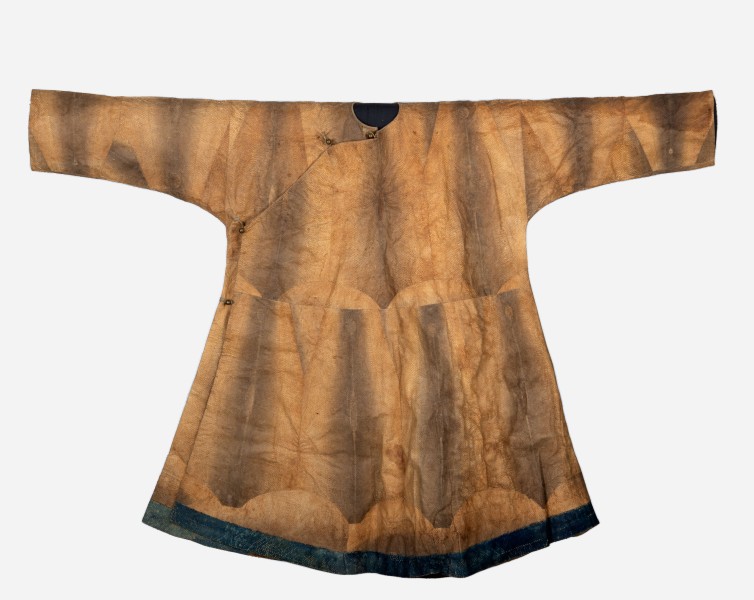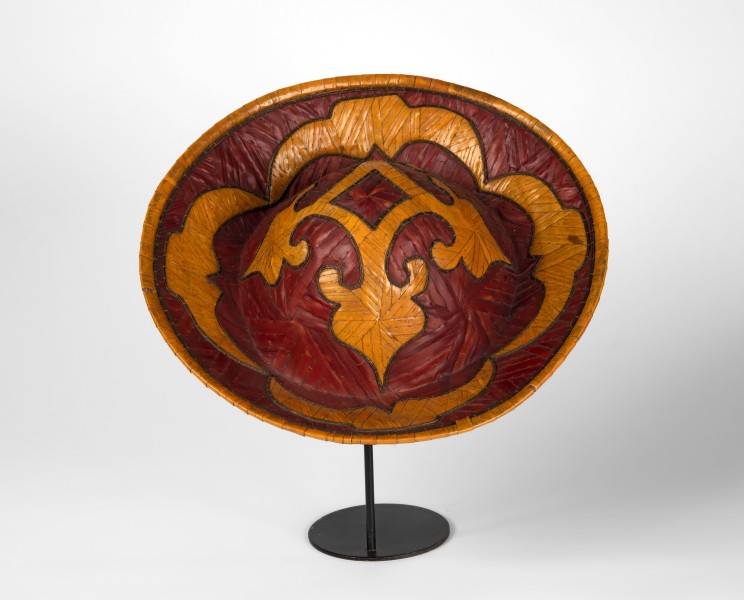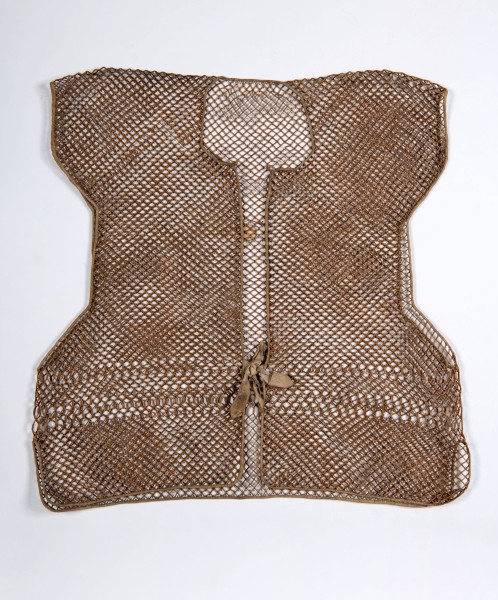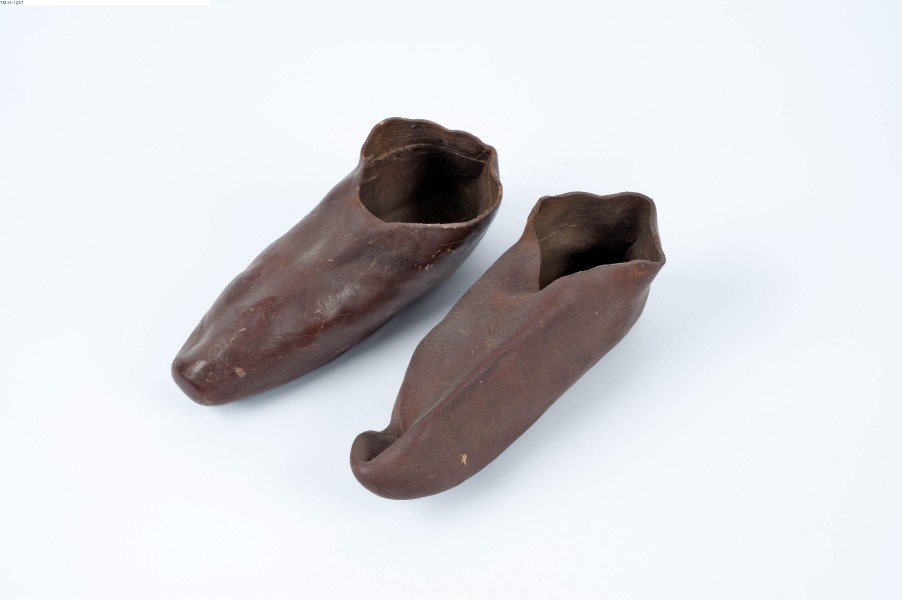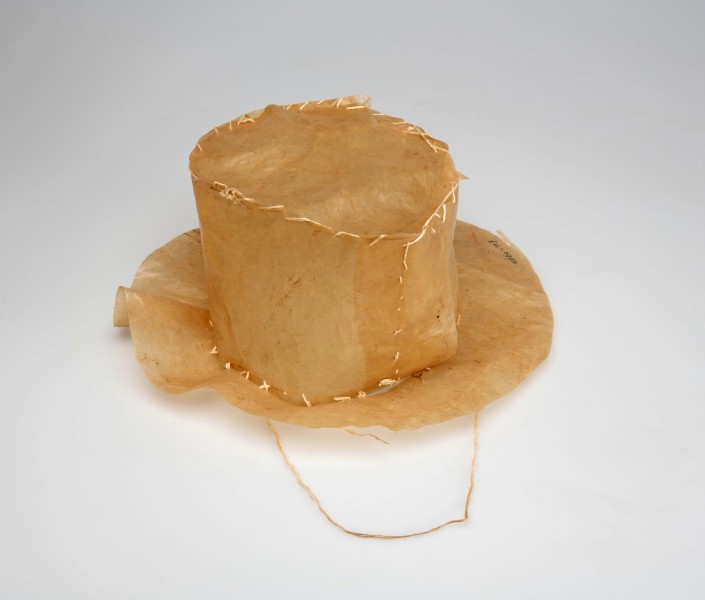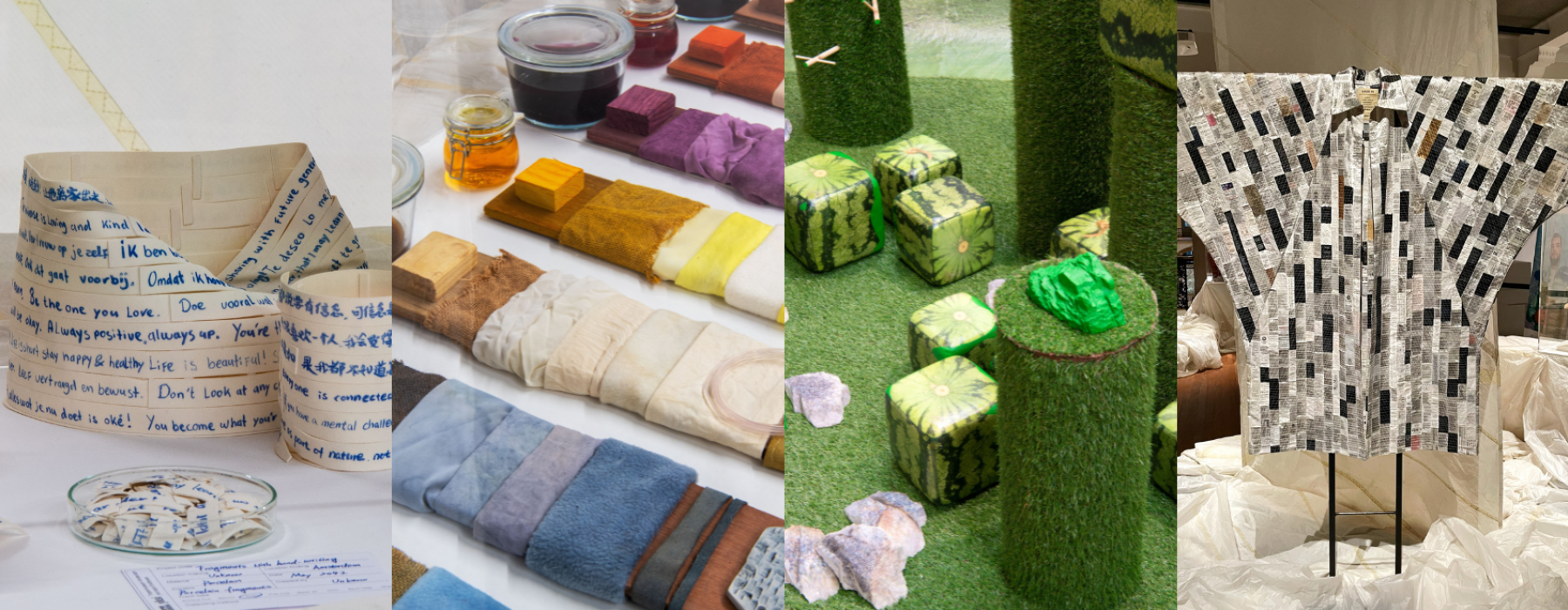
During a pop-up expo in the Dutch Design Week 2022 in Eindhoven (22-30 October) four young talented designers exhibited the designs they had made for the new exhibition in the Tropenmuseum, Plastic Crush. With more than 2,600 designers and 350,000 visitors from the Netherlands and elsewhere, the Dutch Design Week is the biggest design event in Northern Europe.
In Plastic Crush you can see objects from the collection, contemporary art and plastic icons. Plastic literally conquered the world. But the dream that plastic would make the world a better place has made way for the fear that the world will be flooded by plastic waste.
Daria Biryukova, Jie Chen, Gundega Strauberga and Lena Winterink took their inspiration from objects from the pre-plastic age in the Tropenmuseum and Museum Volkenkunde. Daria Biryukova is a graduate of the University of Applied Arts in Vienna, the other three designers of the Design Academy in Eindhoven.
